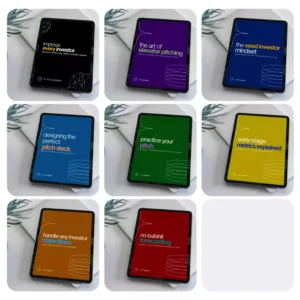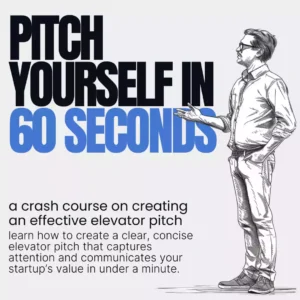TL;DR
To effectively explain your solution to a problem in a pitch deck, clearly articulate the problem and support it with data. Present your solution in a visually appealing manner that is easy to understand, focusing on how your business directly addresses the problem. Your slides should succinctly highlight your solution’s unique value.
Understanding the Problem
When creating a pitch deck, the first crucial step is to clearly articulate the problem your target audience faces. This problem statement lays the foundation for the rest of your presentation. It must be concise yet impactful, ensuring that anyone reading understands the significance of the issue.
Data, statistics, or real-world examples are essential in this section. They provide tangible proof that the problem is real and significant. For example, if your target audience is small businesses, you might include a statistic about the percentage of small businesses that fail due to inadequate financial management. Such data highlights the urgency and gravity of the problem.
In your problem slide, you should also specify who is affected. Identifying your target users makes the problem more relatable and real. Mentioning key pain points helps to humanize the issue, making it more compelling to your audience.
Presenting Your Solution
After establishing the problem, swiftly move to present your solution. This part of your pitch deck should be visually appealing and straightforward. You want your audience to immediately see how your solution addresses the problem you’ve just outlined.
Start with a one-sentence description of your solution. For example, “Our software provides real-time financial analytics to help small businesses manage their budgets effectively.” This makes it clear what you offer and how it addresses the problem.
It is crucial to use visually stunning slides here. Visuals help to communicate complex ideas simply and make your presentation more engaging. Use concise text, appealing graphics, and possibly a short demo of your product in action.
Supporting Data and Real-world Examples
Support your solution with compelling data and real-world examples to build credibility. Investor confidence grows when they see that your solution is not just theoretical but proven. For instance, you could include case studies showing how your solution has effectively solved problems for specific clients.
Use metrics to show the impact of your solution. Demonstrate how your product improves current processes or outcomes. For example, “Our software reduced financial errors by 40% in one quarter for Company XYZ.” Numbers like these make a strong impact.
Incorporate testimonials or quotes from satisfied customers if possible. A short, meaningful quote from a happy client can reinforce your claims and build trust with your audience.
Visual Appeal and Structure
The visual appeal of your pitch deck cannot be overstated. Attractive, well-designed slides make your presentation more engaging and easier to follow. Avoid cluttering your slides with too much text or overly complex graphics. Instead, focus on clarity and simplicity.
Here are some tips for creating visually appealing slides:
- Use high-quality images and graphics.
- Stick to a consistent color scheme and font style.
- Break information into bullet points to make it more digestible.
- Use charts and graphs to present data visually.
Effective structuring of your slides also helps. Start with a title slide introducing the problem, follow with a slide detailing the problem, and then present your solution. This logical progression makes your argument more persuasive and easier to follow.
Crafting a Compelling Story
Framing your pitch as a story can be highly effective. People remember stories better than disconnected facts. Start with the problem as the “conflict” in your story, introduce your solution as the “resolution,” and use supporting data and real-world examples as the “evidence.”
Your narrative should take the audience on a journey, making them feel the problem’s urgency and the relief your solution provides. For example, you could describe a hypothetical small business owner struggling with finances before explaining how your software transformed their operations.
However, keep your story concise and focused. Every slide should add value and drive home the main message without diverging into unnecessary details.
Questions to Reflect On
- Have I clearly articulated the problem my target audience faces?
- Did I support the problem statement with relevant data or examples?
- Is my solution description straightforward and easy to understand?
- Are my slides visually appealing and free from clutter?
- Have I used real-world examples to support my solution?
- Does my presentation tell a compelling story?
Moving Forward
Now that you understand how to explain your solution effectively in a pitch deck, it’s time to put these principles into practice. Start by revisiting your current pitch deck and evaluating it against the criteria we’ve discussed. Make necessary adjustments to ensure your message is clear, compelling, and well-supported by data.
Remember, your goal is to show potential investors not just that a problem exists, but that your solution is the best way to address it. With clear, visually appealing slides and a compelling narrative, you are well on your way to delivering a successful pitch deck.





